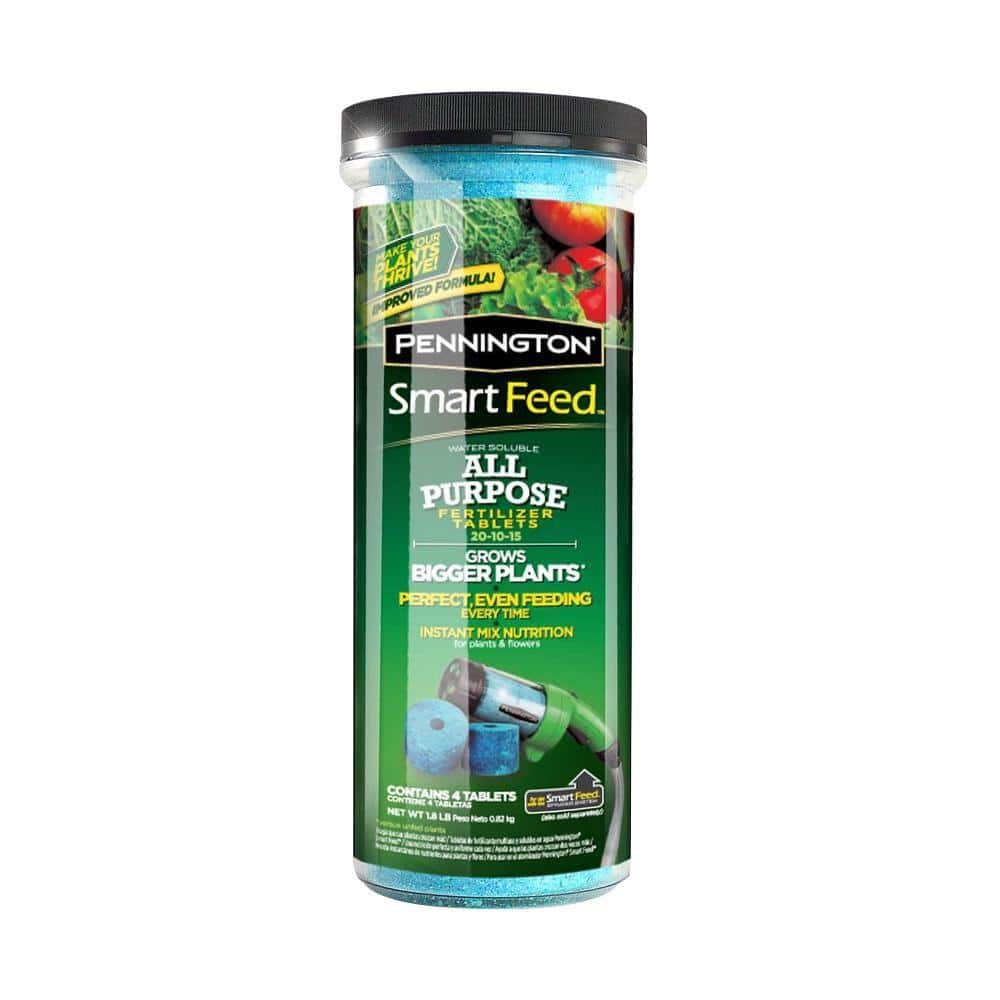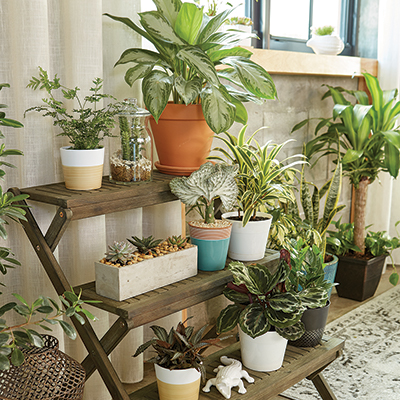How to Be the Best New Houseplant Parent
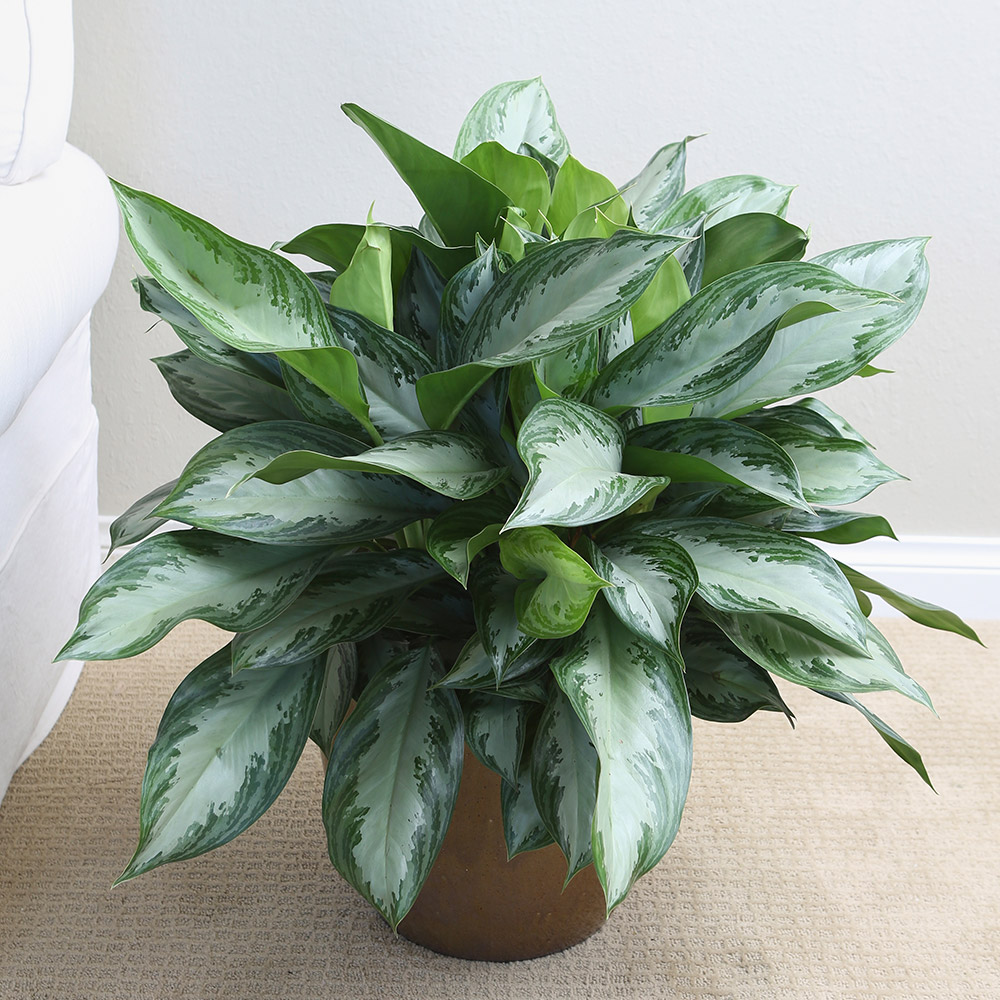
Last updated September 7, 2023
When you bring a new houseplant home, you want to get it off to the right start. You’ll need to to know where to put it and how to care for it. This guide will teach you how to be the best new houseplant parent, so you’re ready to grow healthy plants indoors.
It’s easy to bring houseplants home now that they can be ordered online and delivered straight from growers’ farms to your home.
Before you buy, make sure you understand the light conditions in your space. “The best rule of gardening, indoors or outdoors, is to know your conditions,” says Justin Hancock, a houseplant expert and horticulturis. Some plants, like ficus lyrata, the trendy fiddle leaf fig, thrive in bright light. Others, like sansevieria, are just fine in low light conditions.
Research low light favorites. The best light for houseplants is from an east-facing window. Second best is southern exposure. But keep a careful watch and move the plant back into the room if the light is too harsh.
If you don’t have sufficient light for your houseplants, fluorescent light will work. About 10 hours a day is enough to keep houseplants healthy.
Table of Contents
What to Expect When You Order Houseplants Online:
Get Started by Reading the Care Guide
Consider These Houseplants
Know Your Home's Lighting Conditions
Water Regularly
Fertilize as Needed
What to Expect When You Order Houseplants Online:
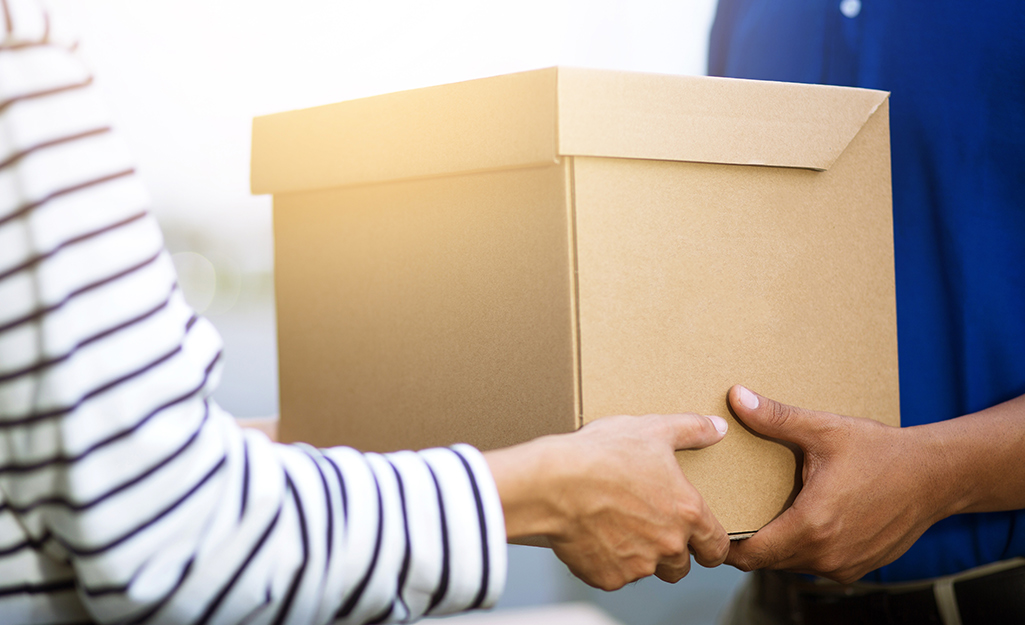
Growers like Costa Farms’ nursery and dedicated fulfillment center in Miami ship houseplants directly to new plant parents. The plants for order are not stored in a warehouse, or taken from Garden Center stock. Most orders are filled and shipped from the grower within two days.
Growers carefully package plants to ensure they reach their new owners in the same condition that they left the farm. Bubble wrap protects succulents’ fragile leaves while paper sleeves protect other types of houseplants. The paper prevents soil spillage and a bamboo stick inserted keeps the box from being crushed during shipment.
Open the box as soon as you can after it arrives. When you open the box, indoors or out, place a tray or towel to catch any dirt that may spill when you pull out the planter. The grower waters plants before shipping to keep the plant happy in transit.
Open the box from the bottom and slide out the package. Use a baker’s half sheet pan to help catch any soil spills.
Peel away the paper and inspect the plant. The potting soil may have shifted, so you can push it back into place. Most items are sold in grower’s pots that you can gently place into a decorative cache pot. Alternatively, you can repot the plant into your own container.
Get Started by Reading the Care Guide

Each plant will ship with specific instructions just for your plant. The instructions include ideal light conditions, when to water, how often to fertilize and special features of the plant like “easy to grow” and “purifies the air.”
Most houseplants will be fine in a grower’s pot and cachepot, but if you decide to repot the plant, first give it two to three weeks to adjust to its new environment. A new pot and a new atmosphere at the same time can adversely affect your new houseplant as it transitions to its new home.
Houseplants grow in a nurturing environment that’s humid and very warm, between 70 and 90 degrees Fahrenheit. Give your new plant a few weeks to adjust to new surroundings. If, after a few weeks, leaves turn yellow or drop, you may want to consult a houseplant specialist for advice.
Consider These Houseplants

Expand your houseplant horizons with these lesser known but worthy favorites, suggested by Hancock.
- Red Aglaonema (shown above). Colorful, durable and highly tolerant of changes in humidity. The red tips make it a Valentine’s favorite. Also keep it in mind as a companion to poinsettias at Christmas. Do not overwater and it will reward you season after season.
- Ficus Robusta, the rubber tree. An old-school houseplant with bold foliage like a fiddle leaf fig, the rubber plant is not nearly as finicky when it comes to light conditions. If you succeed with a rubber plant, you can graduate to a fiddle leaf fig.
- Chinese evergreen. This aglaonema has silvery-green leaves and is just as easygoing as its colorful cousin above. This houseplant has been known to live 20 years and is an ideal choice for a novice gardener.
Know Your Home's Lighting Conditions
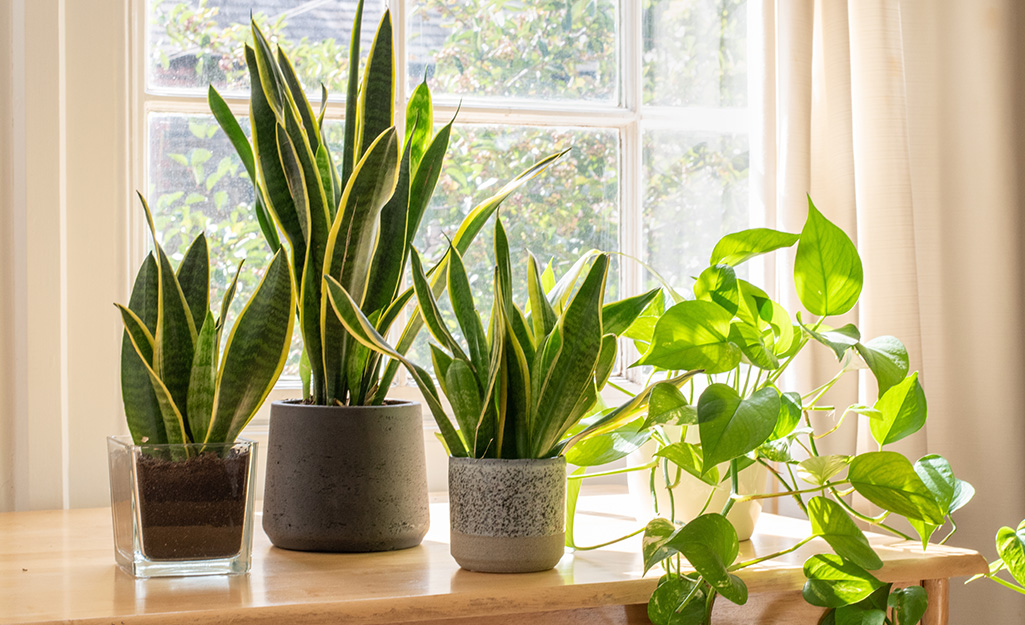
Before you buy indoor plants, get to know the light conditions in your space.
Generally, there are four types of indoor lighting conditions:
Direct light: Areas of your home near west- or south-facing windows that get unobstructed sunlight
Bright indirect light: Areas that are sunny but don’t get bright or constant light
Medium light: Areas where half of the room receives sunlight but the rest is dark
Low light: Areas that are at least 7 feet away from windows or that get no natural light
Even if most of your home has low light conditions, you can still grow houseplants. Look for low-light indoor plants.
If your home doesn't have have sufficient light, you can use grow light bulbs. About 10 hours a day is enough to keep houseplants healthy.
Water Regularly
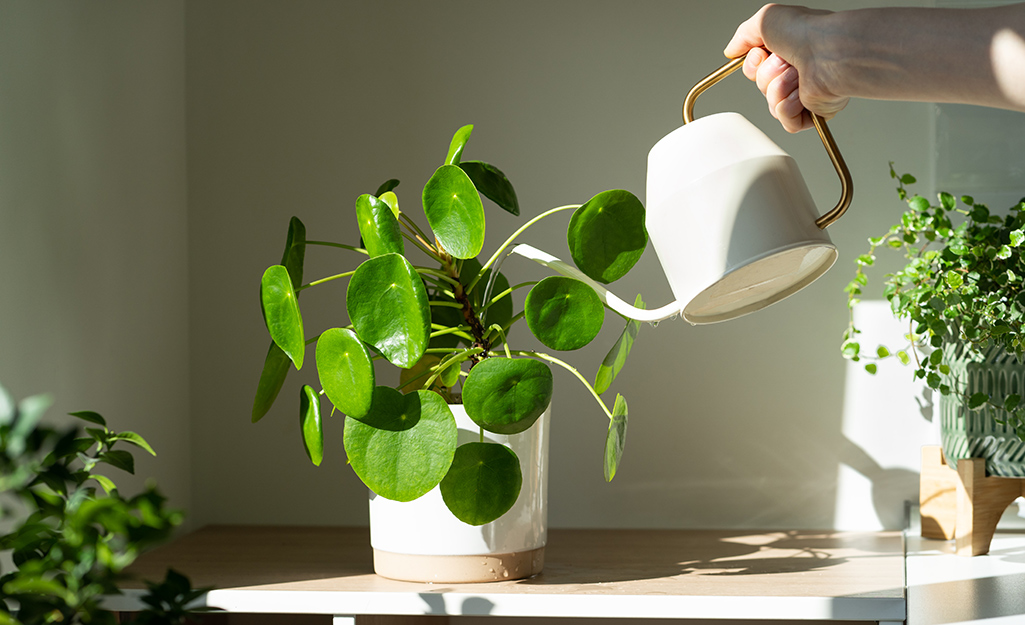
Each houseplant has its own watering needs. Giving your plant water according to the recommended schedule is important to help it grow. With many plants, it’s time to water when the top half-inch or inch of soil feels dry to the touch. Follow the grower’s directions for best results.
To avoid damaging plants, water slowly and gently. Watering cans work well. You can also use a tea kettle, a drink pitcher or even a measuring cup to water your plants.
Fertilize as Needed
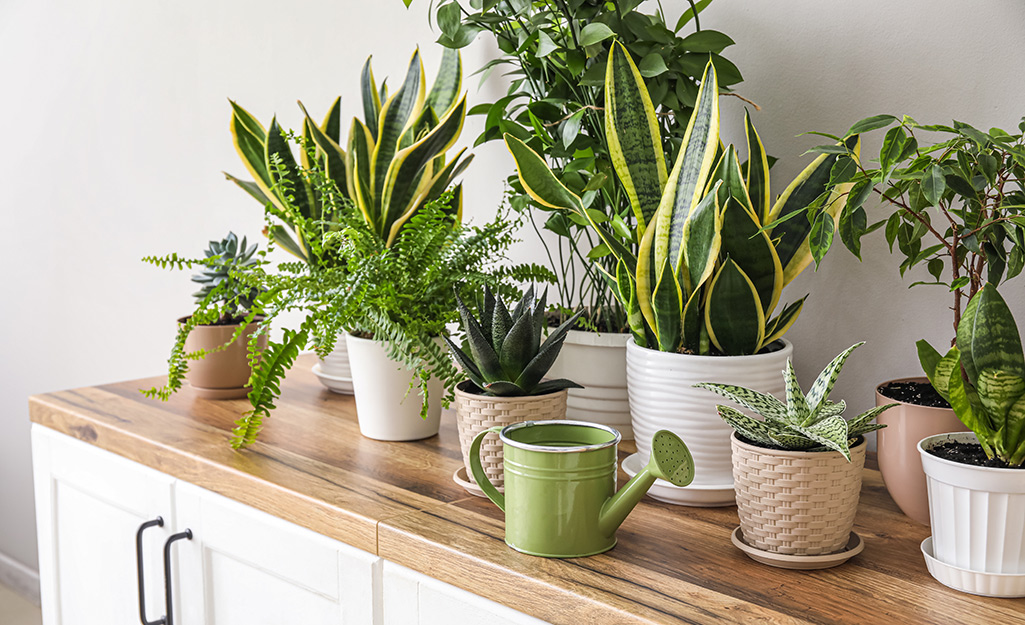
Houseplants need nutrients like nitrogen, phosphorus and potassium to thrive. Plant fertilizers can nourish plants to help them grow.
Choose the type of fertilizer recommended in the growing guide for your plant. For best results, follow the recommendations in the guide to prepare and apply the fertilizer.
Give Them Room to Grow
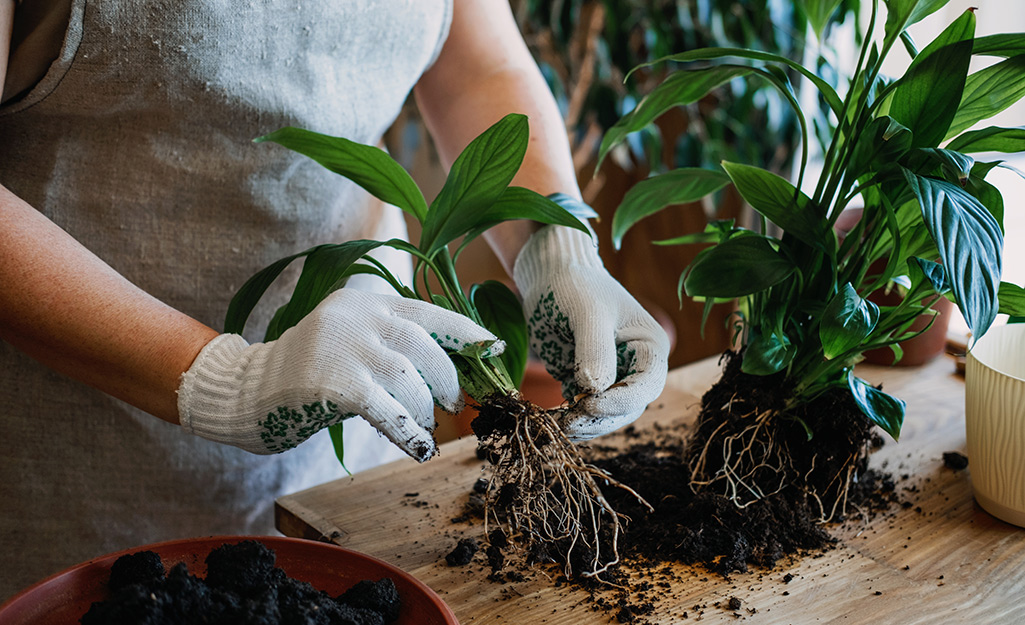
As your plant continues to grow, it may eventually get too big for its container. You can tell if a plant is ready for repotting by looking at the roots. If the roots begin to poke through drainage holes or push up through the soil, it's likely time for a new pot.
Choose a larger container and fill it halfway with fresh potting soil. Then, gently remove the plant from the old pot and place it in the new one. Fill the rest of the way with potting soil and pat down the top layer. Water right away to help your plant settle in.
Tip: Wear gardening gloves while repotting to protect your plant and keep your hands from getting so dirty.
Practice Ongoing Care

As your plant grows, you may need to cut it back periodically. Use pruning shears to trim plants just above buds or side shoots for best results.
Removing dying and yellow leaves and fading flowers is also important for helping your plant grow. After you finish pruning a plant, wipe off the blades of the pruning shears with disinfectant to reduce the risk of spreading diseases and pests.
Keep Things Tidy
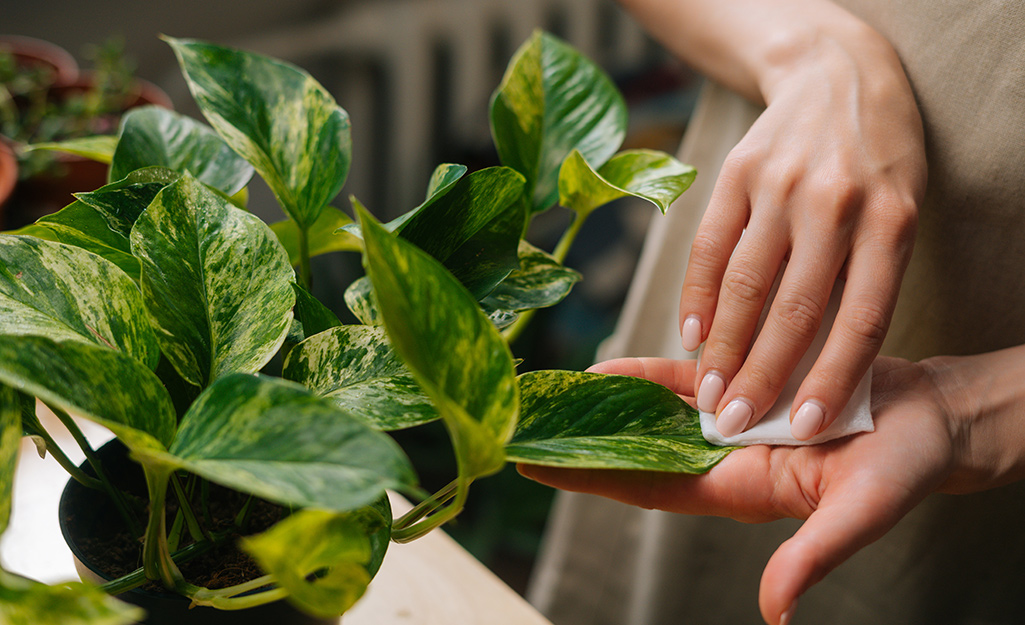
Keep your plant looking great by dusting its leaves regularly. Use a small paintbrush to whisk dust off of leaves or wipe gently with a soft cleaning cloth.
Watch the Condition of Your Plants
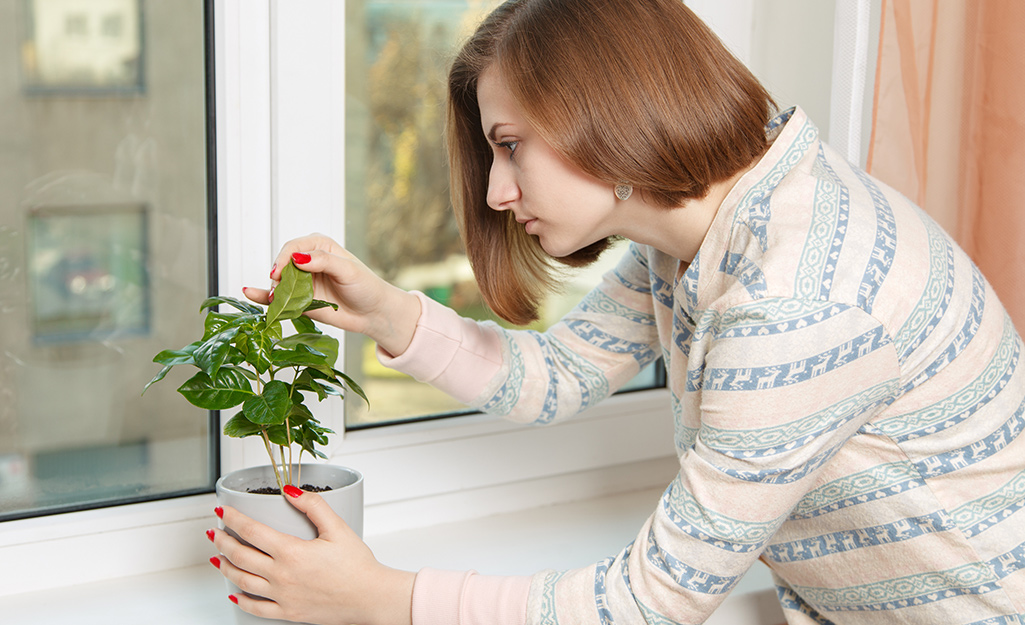
When you water, look over your plants from top to bottom. If you spot insects, discolored leaves or powdery white spots on a plant, treat the problem with organic pest control products. Select the product that is right for your plant. Prepare and apply it according to the manufacturer’s directions.
When you know how to be the best new houseplant parent, you can get your plants off to a great start. Check out the lighting in your home and then start shopping for plants that will love those conditions.
Ready to get houseplants and the tools and materials you need to take care of them? The Home Depot delivers online orders when and where you need them.



